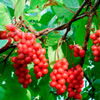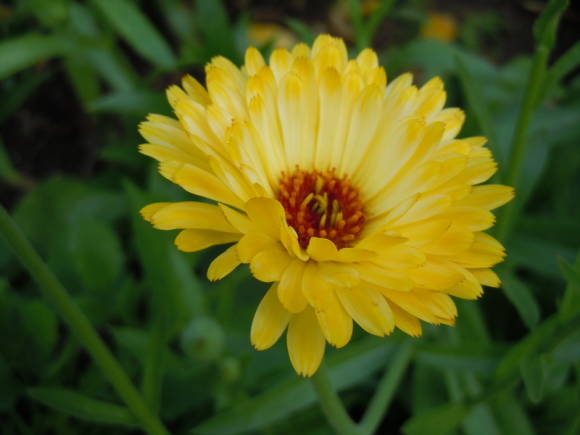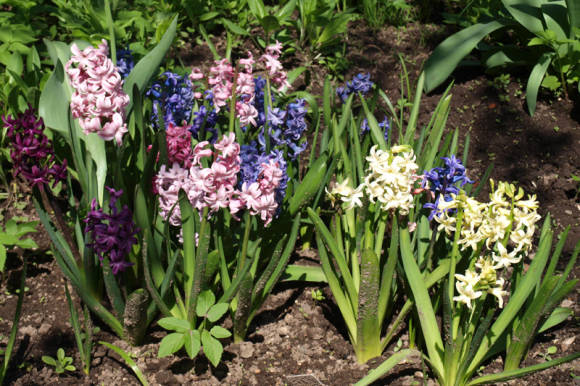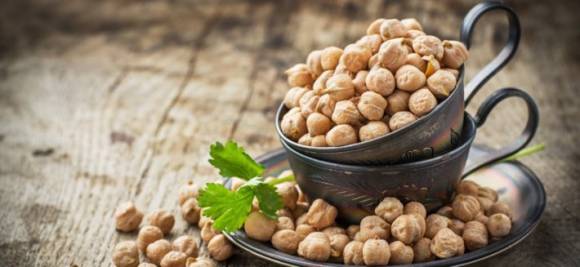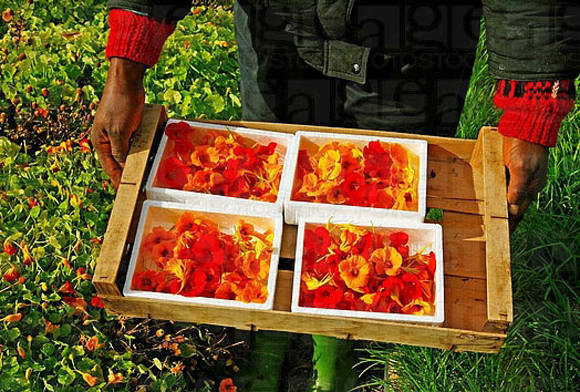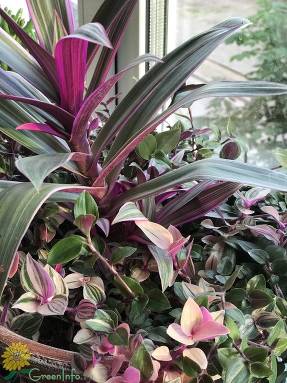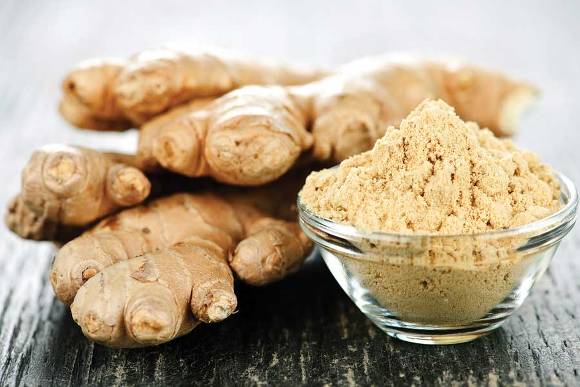Currant is a favorite berry culture. Perhaps also because it is very easy to propagate, and you can do it as you like. Even if you just put a currant twig on the ground, it can give roots and turn into a real adult currant bush - over time, of course.
Black, red and white currants multiply so easily. Today we will talk about the propagation of the last two currants by lignified cuttings in August. Why August? Because it is customary to plant lignified cuttings of red and white currants precisely in this summer and still warm month, and it takes root much better than, as many advise, after digging parts of the shoot into a snow pile and planting in spring or autumn planting together with black currants ...
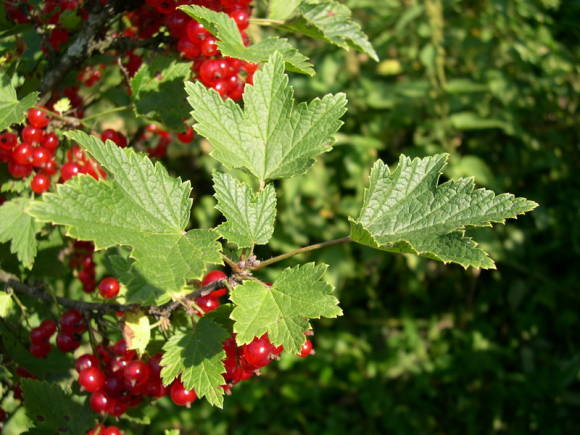
Red and white currant cuttings technique
So, in order to propagate red and white currants in August with woody parts of shoots, you first need to prepare the ground. It should be dug up to 15-20 cm, adding 1 kg of perfectly spilled manure, or even better humus, and 20 g of any complex fertilizer for each square meter. When digging the soil, be sure to remove all parts of the weeds from the ground, especially wheatgrass - the worst enemy of any cultivated plant.
When the soil is ready, we go and look for bushes from which we will cut the shoots and use them on the cuttings necessary for planting. To begin with, of course, let's decide on the varieties - we choose only those that we liked - taste, large-fruited, resistance to pests and diseases. After that, we select bushes that have many straight, like a simple pencil, shoots, preferably as long as possible. Next, we take a sharp and always clean pruner and begin to cut the cuttings.
By the way, about the purity of the pruner - it is best to wipe the pruner blade with a cloth dipped in alcohol when moving from one bush to another while cutting shoots into cuttings, so that if you get on an infected bush, you will not transfer the disease to a healthy bush.
Shoots for cuttings can be taken as those that grow directly from the root, and those that have developed on shoots of two or even three years of age - there is nothing wrong with that, and you will not lose any varietal characteristics during reproduction. But roots are more efficiently formed when the cuttings were cut from the middle of the shoot. Of course, you can take the upper and lower parts of it, but before planting it is advisable to divide all the cuttings into three piles - in one put those that are cut from the middle part of the shoot, in the other - cut from the lower part of the shoot, and in the third - from the upper part escape. Plant them on separate beds, in order to subsequently take care of them in somewhat different ways, for example, more backward watering more, making a third more dressings, and so on.

When looking for shoots for cuttings, try to give preference to those whose length is 19-22 cm, do not take shoots that are too thin or too thick (so-called fattening) - as a rule, poor seedlings are obtained from them, or they do not form a root system at all. The optimum thickness of the handle is 9-11 cm, that is, about the thickness of a simple pencil.
After the cuttings have been cut, you can act in two ways - or plant them right away, especially since August is on the street, and this is the optimal time for planting cuttings of red and white currants, or first wake them up a little, which is absolutely not scary even when planting in the pre-winter time.
If you chose the second option, then the cuttings must first be placed in wet river sand, placing them horizontally, and bury them completely. Instead of sand, you can use sawdust in a wet state, and so hold the cuttings for about a week, constantly moistening the substrate.In this case, it is best to store the cuttings in wooden boxes, and so that the substrate does not dry out too quickly, cover the inner walls of the boxes with ordinary plastic wrap. Gardeners say that it wakes up the cuttings, and subsequently getting into the soil, they quickly form a small root system - enough to develop a little, take root in the soil and survive the winter without problems. But even without additional preparation, the planted cuttings of red and white currants winter no worse and give in the spring a slightly less developed root system, but without additional physical costs.
When the cuttings are ready, and the garden bed too, they start planting. Unlike black currants, cuttings of red and white currants are planted strictly vertically, deepening so that three living and well-developed buds remain on the surface, then the cutting is gently squeezed around with your hands so that there is no free space between the cutting and the soil where it can get and freeze moisture.
The distance between the cuttings should be about 10 cm, and between the rows - about 25-30 cm. The distance can be varied, but this is usually the best option. For the next year, firstly, it will be convenient for you to care for plants that are beginning to develop - water them as the soil dries out, weed weeds, loosen the soil, and secondly, this is an optimal plant nutrition scheme that allows both the root system and the aboveground mass to be normal develop without hindering neighboring plants.
Speaking of nutrition. In addition to watering, loosening the soil and combating weeds, the plants need to be fed three times the next year.
Top dressing of rooted cuttings of red and white currants
The first top dressing, in May, is a solution of nitroammofoska - 20 g 10 liters of water, this is the norm per 1 m2 of area occupied by cuttings.
The second top dressing is June, after having previously loosened and well watered the soil, you need to scatter 8-10 liters of potassium sulfate and 11-12 g of superphosphate over the surface. It is great to carry out such feeding in the most cloudy weather (very good if it rains).
The third top dressing should be carried out in September, then 400 g of wood ash containing potassium and trace elements should be poured for each square meter.
After the winter, the plants can be dug up and planted in a permanent place. These are already independent plants of red and white currants.
